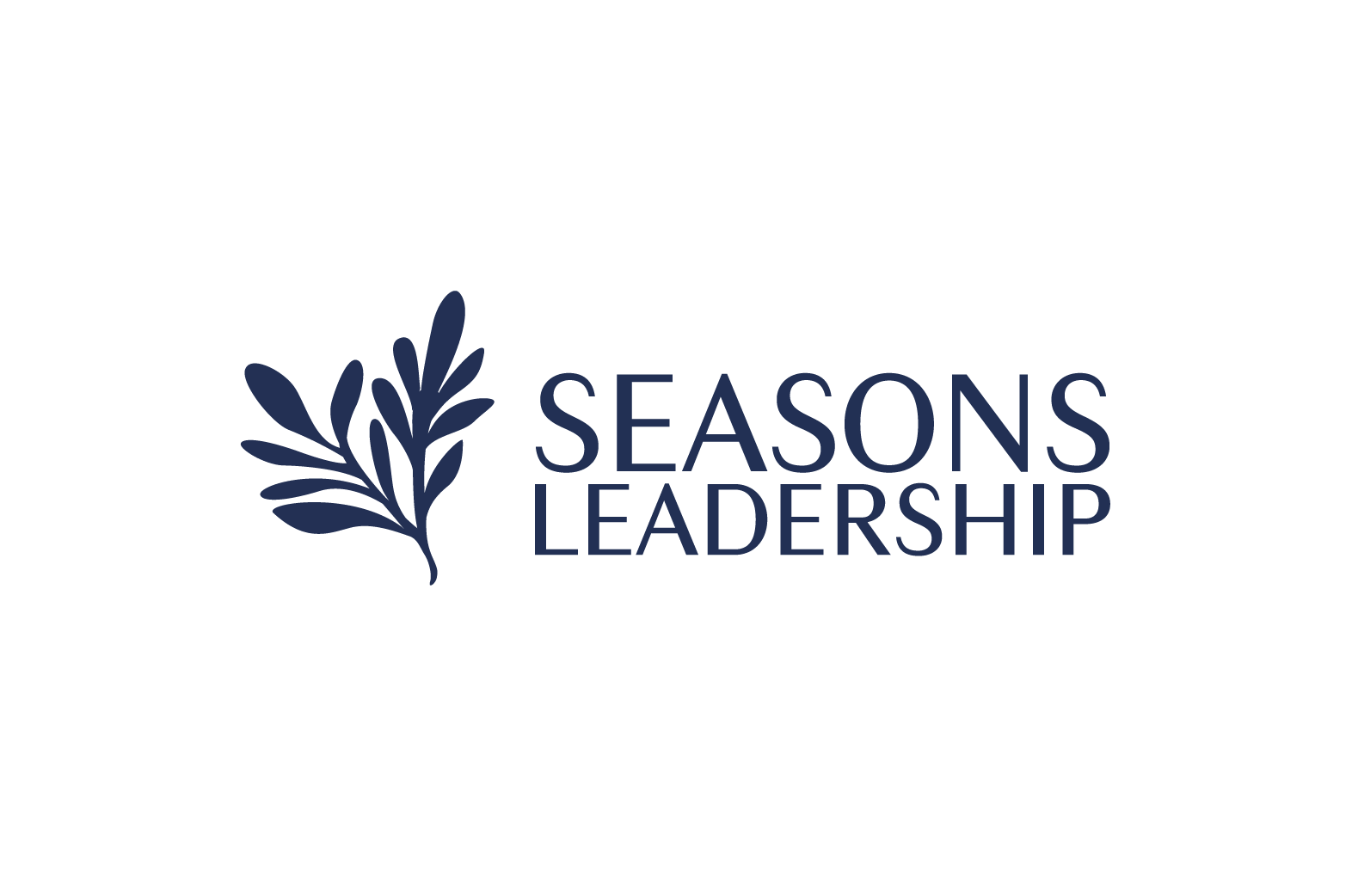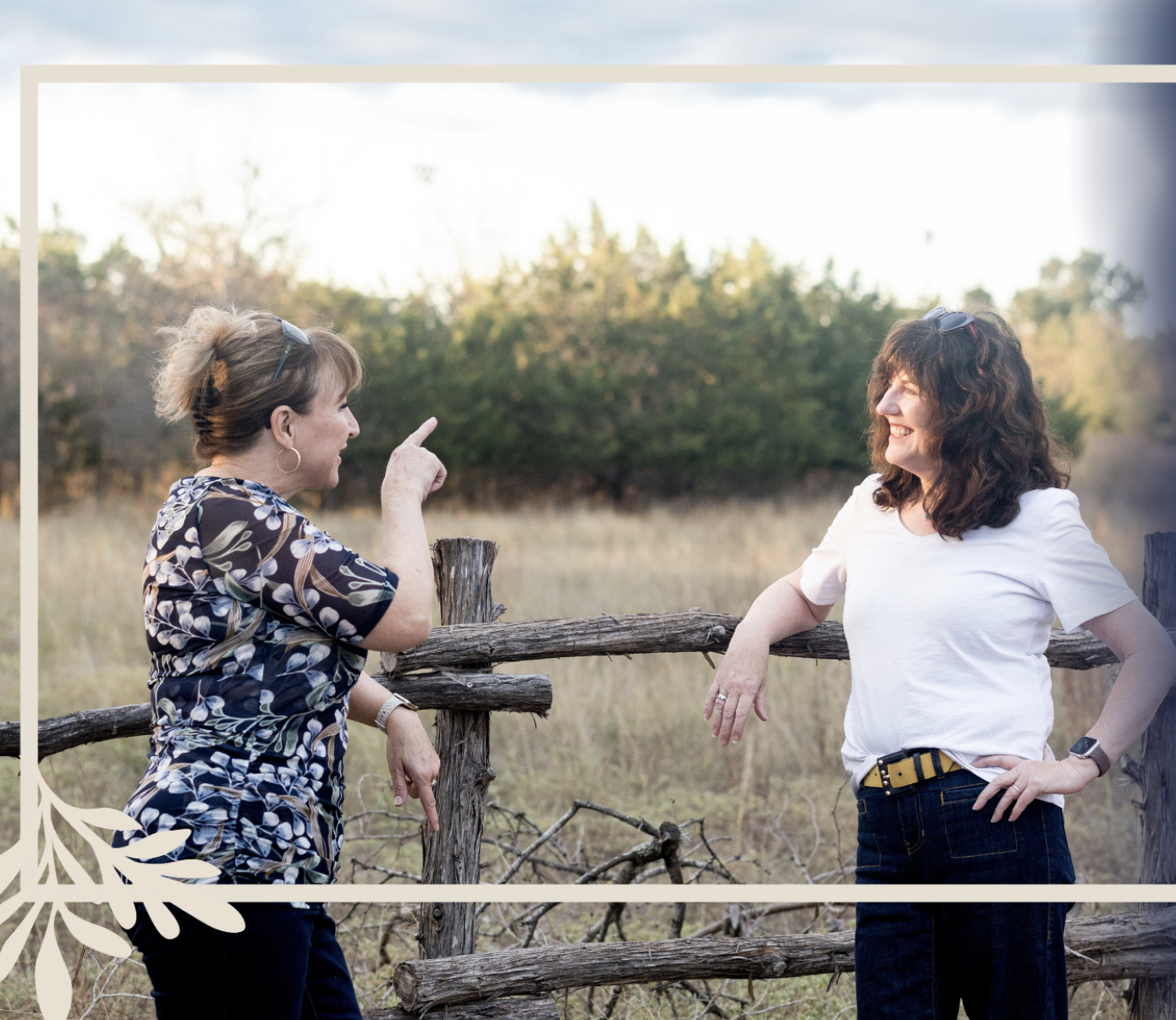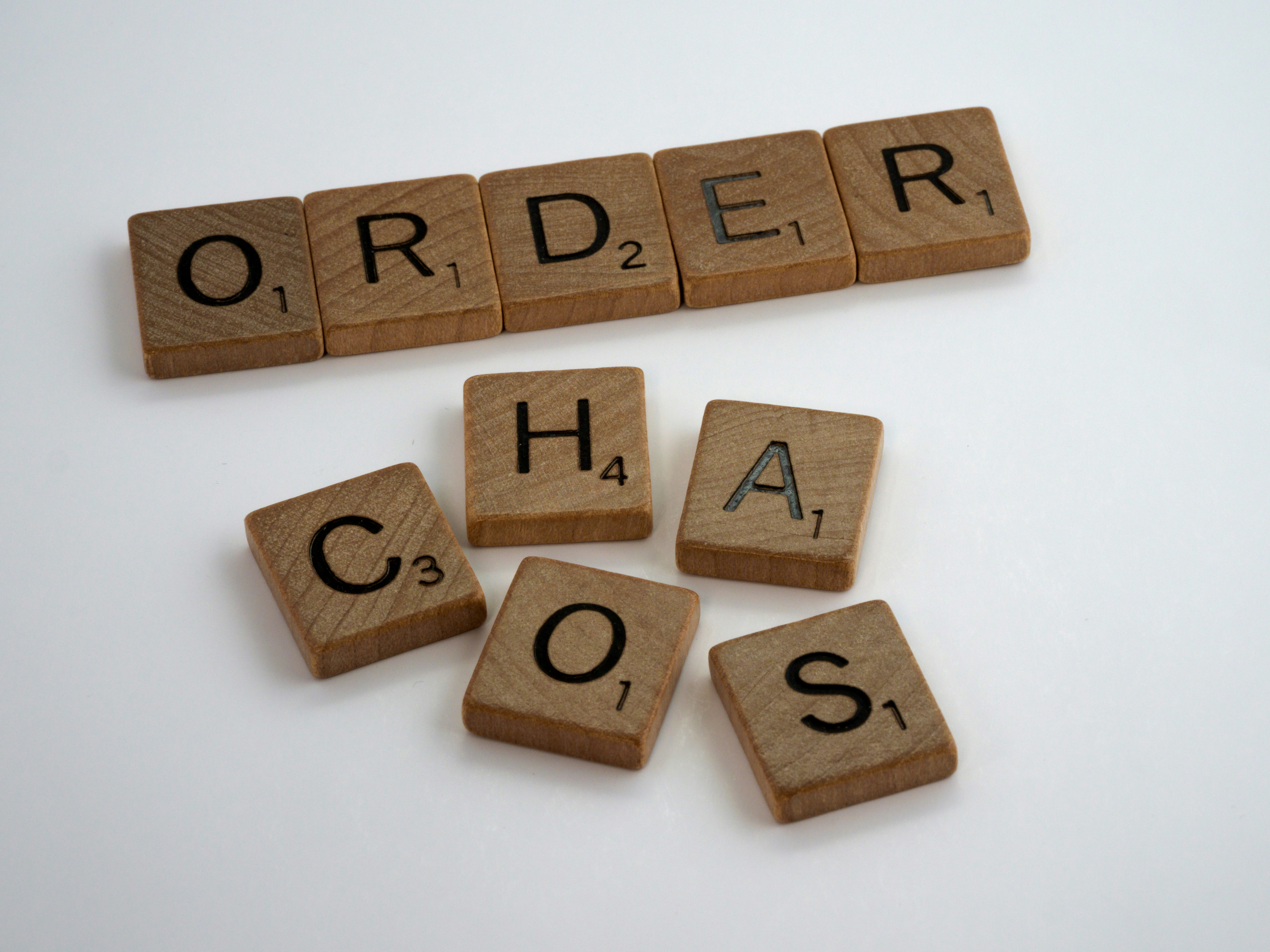Why do some leadership cultures prize quick action more than anything else? As a leader, I often found myself in situations where it was difficult to slow down and be intentional. Working in a fast-paced corporate environment there always seemed to be some boss (or bosses) above me who demanded quick decisions and responses. Their impatience made me feel the pressure to act quickly as well. But to achieve leadership excellence, leaders need to balance decisive action with intention.
I have always been an action-oriented person. That can be a good thing because I am decisive and get a lot done. However, it can be a bad thing when I react in the emotion of the moment and take actions or make decisions without being intentional. By intention I mean understanding the goal of your actions and if those actions are in alignment with your values. For example, when a producer approached me and Susan about starting a podcast, we were unsure at first. It would have been easy to dismiss the opportunity by relying on my emotions – I have never hosted a podcast before! Why would I do that?! But we took a pause and thought about our goal to spread leadership excellence worldwide. We couldn’t imagine a more impactful platform to achieve that. And, when looked through our values it was easy to see the alignment to provide an accessible format for all leaders to improve.
The Dark Side of Quick Decisions is Unintended Consequences
Early in my career as a leader, when I was more often than not in quick reaction mode, I worked for a boss who always expected quick responses in every situation, and he would bug you until you made a decision or took action. This did not support taking the time to consider the intention. Furthermore, I often found myself having to dig out of the resulting mess because I hadn’t considered the intent or what the effects of my decision or action would be. One day the team had to decide whether to send a deliverable to our customer to meet a deadline when we were still waiting for a piece of data. We were pretty sure that the last piece of data would confirm what we were planning to send, but without it couldn’t be 100 percent confident in the deliverable. The leader made the decision to send the deliverable without waiting for the last piece of data so that he wouldn’t have to explain to the customer why we were delayed. When the final piece of data arrived it did not confirm what we had sent to the customer and caused us to recall the deliverable and rework it before sending the new version to the customer. We ended up taking a few weeks to get the deliverable to the customer when if we had made the decision to explain why to the customer and wait on the final piece of data, we would have been only a couple of days late to the promised delivery date.
Action without intention or without understanding your intention, is just wasting time and energy. Because you may find yourself spending time re-doing something you’ve already done or backing yourself out of decisions you’ve made. Without clarity around your intention, you may find yourself frustrated because you took an action or reacted in a way that may have felt good in the moment and that very suddenly stops feeling good and starts feeling bad.
“Action without intention or without understanding your intention, is just wasting time and energy.”
When I find myself wanting to react to something that has happened, it is usually because I am experiencing strong emotion in the moment, or someone else’s actions triggered me. If I just react in that moment, I usually do not get a happy outcome. In fact, I will probably find myself regretting some or all of my actions. On the other hand, if I practice intention, I am usually much happier with the outcome of the situation.
Good Intentions Without Action is Also a Waste of Time
If action without intention wastes time and energy and leaves you frustrated, intention without action can also be a problem. You’ve heard the phrase: “The road to hell is paved with good intentions.” A person can have a list of good intentions, things they want to accomplish or get to “someday.” If that person doesn’t ever take action to move them towards realizing their intention, they may find themselves just as frustrated as the person who acted without intention.
As a coach, I often work with leaders who say they want to achieve something (replace a habit that isn’t serving them with one that will, look fora different job that is more aligned with their values, take a course to improve their skills, etc.). These clients have an intention that they believe will make things better in their life or help them achieve a goal, but they have an endless list of reasons why they haven’t acted towards that intention. Or instead of excuses, sometimes they don’t know why they haven’t acted towards their goal.
“As people and leaders, we always have choices. We can choose to sit in the situation we are in, or we can take purposeful, intentional steps towards the situation we want.”
As people and leaders, we always have choices. We can choose to sit in the situation we are in, or we can take purposeful, intentional steps towards the situation we want. Sometimes the pressure from the top can be useful to prompt the leader or team into acting but other times we need to create urgency for ourselves. I encourage my coaching clients to set specific timelines for their intentions and work with them as an accountability partner to help remind them to continue to make progress. A coach can be extremely helpful for this purpose (if you are interested in getting a coach visit: www.seasonsleadership.com).
“Why?” and “What” are Key Questions to Making Decisions with Intention
Seeing intention demonstrated helped me to understand its importance. At one point in my career, I had an opportunity to see a leader practice this. When the team would be discussing what to do about a situation and brainstorming solutions, this leader would ask, “why do you think that is the right course of action?” and “what outcome do you hope to get from taking that action?” Once the team answered those questions, he would ask, “is that intended outcome aligned with our values and operating principles?” By discussing those few short questions, the team often produced more aligned and effective solutions.
I am still action-oriented by nature, but now I try to do everything with intention. When I find myself in a situation where I feel reactionary or need to make an important decision, I follow a short 4-stepprocess to practice intention:
1. Pause (this can be short or long).
2. Breathe. I purposefully focus on breathing to calm my mind and body.
3. Ask. I ask myself these three questions:
- What is my intention with the action I am about to take?” In other words, what outcome or response do I hope to achieve by taking that action?
- Will the action I am about to take meet my intention for taking the action?
- Is the action in alignment with my personal values?
4. Act. Once I am clear on why I want to take a specific action, I take the action that moves me towards my intention.
I don’t overthink my decision or action or second-guess myself because I know this process has helped me to be intentional. Be clear in your own intention when you find yourself wanting to react or facing an important decision. It will help you deal with the situation purposefully rather than reacting.
“Be clear in your own intention when you find yourself wanting to react or facing an important decision.”













